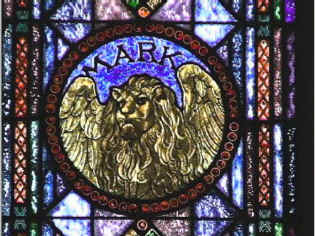A silly argument I encounter surprisingly often in biblical studies literature and discussion groups goes like this:
Perhaps the most fundamental methodological problem with MacDonald’s approach is that he has set things up so that not only do supposedly positive parallels and allusions support his theory, but so also do contrasts between Homer and Mark. These contrasts are counted as evidence of Mark’s conscious “transvaluation” of Homer. Thus both similarities and differences are taken as evidence of Mark’s use of Homer, which means, of course, that his thesis is rendered virtually unfalsifiable. (The Jesus Legend, p. 340)
Eddy and Boyd point to the widespread propensity to use this sort of reasoning by adding M. M. Mitchell and S. Dowd to those who have argued the same point in relation to MacDonald’s thesis. The same sophistic reasoning is encountered often enough in other contexts, too.
Comparisons can only exist where there are both similarities and differences. That’s a basic concept of nature one learns on Sesame Street or Play School. Without differences or contrasts we are left with nothing but “same, same”, reproduction, identity.
Eddy’s, Boyd’s, Mitchell’s and Dowd’s sophism would lead them to conclude that George Orwell’s Animal Farm has nothing to say about Soviet Russia, there are no spoofs of Cinderella or Red Riding Hood, the apostle Peter could never be compared with a contemporary well-meaning backslider, and there is no basis for comparing Jesus with Moses or Elisha or Superman.
No one doubts that Aeneas, the heroic refugee who sailed from Troy to establish a new home in Italy for those who became the progenitors of the Romans, was modelled in epic literature after Homer’s Odysseus. The similarities draw attention to the differences. Romans can take pride in their ancestor being more favoured by the gods than his Greek counterpart. The differences are at least half the point of the comparisons.
To be able to point to differences presupposes that there is a common type being compared. No common type, no differences can be observed. By taking both similarities and differences as evidence of a relationship between texts does not render a thesis unfalsifiable at all. It would only be unfalsifiable if one attempted to argue for contrasts in the absence of common types. But in that case (as in my illustration below) the whole idea of comparison simply does not exist in any meaningful way.
It is sheer sophistry, and illogical nonsense, to suggest that valid comparisons mean that only similarities ought be in evidence.
.
Spot the difference:

No common type, no basis for either similarities or comparative contrasts.

